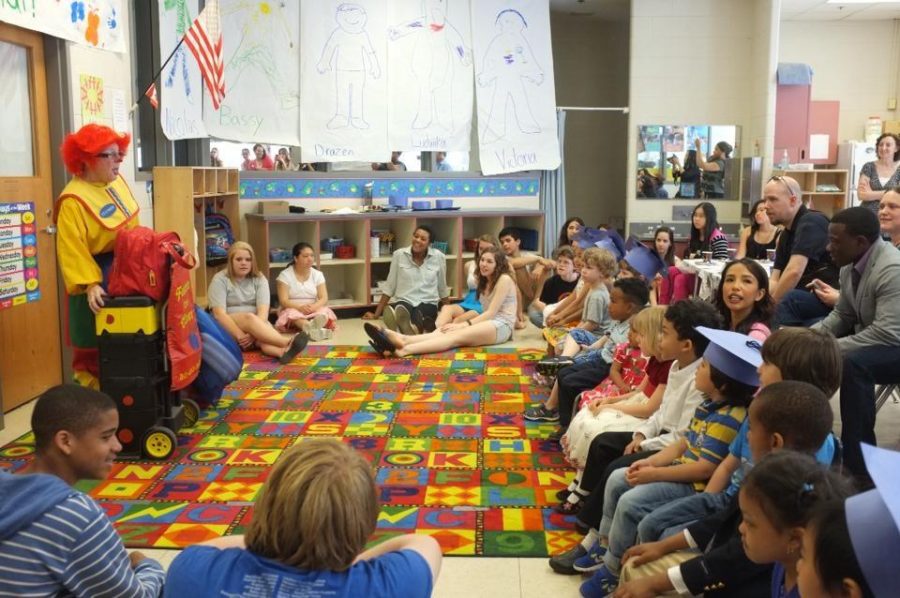Every day, the vegetables I eat at lunch and dinner come from the small farm in my host family’s backyard, and the milk I drink comes each morning on a bicycle from a buffalo in a nearby village. I’m currently living with a vegetarian family, who eats only traditional Indian meals that include “daal,” “roti” and some vegetables at every meal.

As part of my study abroad program, I packed up my bags again last month, switched host families and moved to the outskirts of Delhi to an area called “Chatarpur,” a community of large farmhouses. I still attend the same school, but I’m living in a totally different environment, away from the noise and crowd associated with New Delhi.
The shift from cosmopolitan Delhi to this rural area with wealthy farmowners has given me a new view on Indians’ perceptions of America. During many visits to my host family’s “gaon,” or village, about an hour away from Delhi, I field questions about America for any host relatives present.
Many people have asked if it rains 24/7 in the U.S. or if it’s always cold during the entire year. Other people ask if the fruits and vegetables are different in America. And the best question I received was, “America me, dhoop ati hai?” which means, “Does the sun come out in America?”

These questions are just some of the thoughts many Indians have about American lifestyles. My host aunt asked how people in America can survive without workers cooking and cleaning for them every day, unlike the typical Indian family. A host uncle asked what I thought of Indian schooling, coming from the “easy” schools in America, where students supposedly don’t do a lot of work. Many others have told me how they think President Obama is “the president of the whole world.”
My answers to the questions usually vary, depending on how much Hindi I can conjure up. But the real determining factor I think about when answering a question is, “Do I really want to start a political debate with a 90-year-old village elder?”

Although they live in the countryside, my host family doesn’t work the land or plant vegetables, and the children go to school and speak English fluently. In these ways, they may not seem all too different from my previous one in bustling New Delhi, but they still have a deep connection to village life in their everyday activities.
And although I stay in a brand new farmhouse that looks like it belongs in Potomac, I am experiencing the life of a village dweller, surrounded by people who represent the average, rural Indian.








